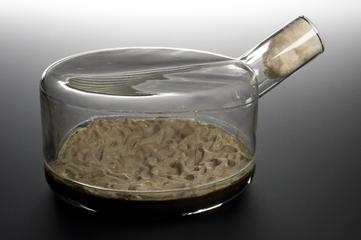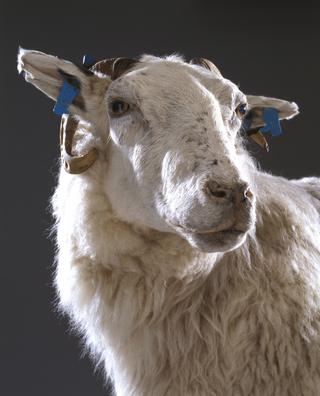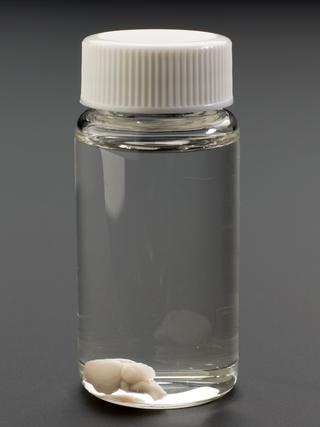
Electrofusion apparatus used to create Dolly the sheep, Scotland, 1996
- Made:
- 1996-1998 in United Kingdom




Electrofusion apparatus used by the Roslin Institute to create Dolly, the first cloned sheep, at Roslin, Midlothian, Scotland, 1996-1998 (see note).
Dolly the sheep was the first mammal cloned from an adult cell. The cloning process was jump-started using a pulse from this electrofusion machine at the Roslin Institute in Scotland. Dolly was created by taking the DNA from an adult sheep’s mammary cell which was then inserted into a DNA-free egg. An electrical pulse from this machine stimulated the egg and the donor DNA into behaving like a newly fertilised egg. The egg developed into a cluster of cells (a blastocyst) which was then implanted into a surrogate mother sheep.
Dolly was born in 1996. She later gave birth to a number of lambs. The name ‘Dolly’ was inspired by country and western singer, Dolly Parton.
Details
- Category:
- Biotechnology
- Object Number:
- 1998-797
- Materials:
- aluminium (metal), plastic (unidentified), glass, paper (fibre product), copper (metal) and steel (metal)
- Measurements:
-
overall: 145 mm x 430 mm x 265 mm, 5.255kg
- type:
- electrofusion apparatus
- credit:
- Roslin Institute




